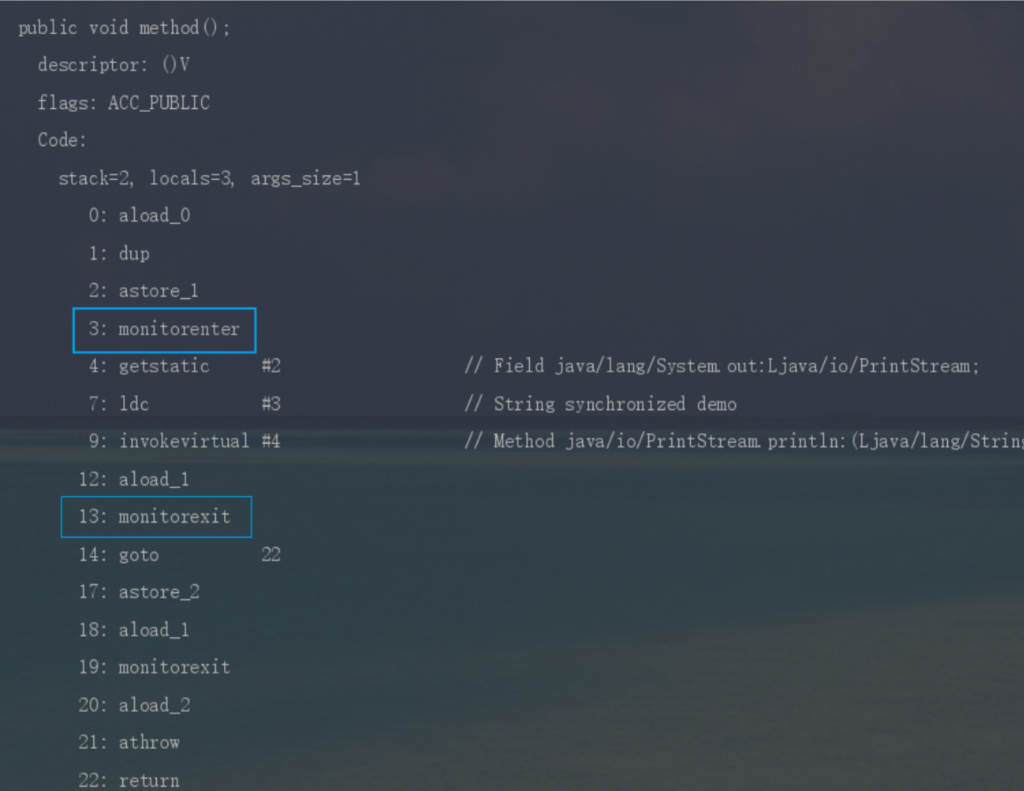本文地址:https://wanger-sjtu.github.io/fp16-err/
最近在项目中需要实现fp16的数据类型做FFN的计算,算子实现的同学反馈误差与x86上得到的golden数据有比较大误差。开始以为是x86侧做数值模拟仿真的问题。后面也实现了对比了一下,发现误差累计确实挺大。
实测结果对比
int main()
{
// Seed with a real random value, if available
std::random_device rd;
std::mt19937 gen(rd());
std::uniform_real_distribution<> dist(0, 0.01);
float16_t lhs[4096] = {0};
float16_t rhs[4096] = {0};
for (int i = 0; i < 4096; i++) {
lhs[i] = dist(gen);
rhs[i] = dist(gen);
}
float16_t res_fp16 = 0;
float res_fp32 = 0;
for (int i = 0; i < 4096; i++) {
res_fp16 += lhs[i] * rhs[i];
res_fp32 += lhs[i] * rhs[i];
}
std::cout << "fp16 " << res_fp16 << std::endl;
std::cout << "fp32 " << res_fp32 << std::endl;
wirte2file("/data/local/tmp/lhs", reinterpret_cast<char*>(lhs), 8192);
wirte2file("/data/local/tmp/rhs", reinterpret_cast<char*>(rhs), 8192);
}
结果输出:
fp16 0.0942383
fp32 0.103176
相对误差到8.1%了。难怪反馈有问题。
| dim | 绝对误差 |
|---|---|
| 100 | 1.63913e-07 |
| 1000 | -0.00033829 |
| 2000 | -0.000909835 |
| 4000 | -0.00924221 |
golden 数据误差从何而来
实际生成golden数据的时候,也考虑了数值类型差异的影响,那为什么还存在误差呢?
对比了一下dot的视线与直接累加结果
import numpy as np
import torch
lhs = np.fromfile("lhs",dtype=np.float16)
rhs = np.fromfile("rhs",dtype=np.float16)
lhs = torch.from_numpy(lhs)
rhs = torch.from_numpy(rhs)
res = torch.Tensor([1]).half()
res[0] = 0
for i in range(4096):
res += lhs[i:i+1] * rhs[i:i+1]
print(res)
print(torch.dot(lhs, rhs))
tensor([0.0942], dtype=torch.float16)
tensor(0.1041, dtype=torch.float16)
结果对得上了。torch 的 dot实现的时候很可能用了更高数值类型做累加。











没有回复内容